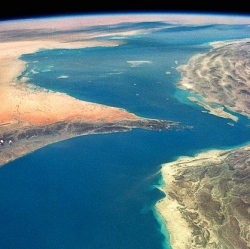
The Antarctic ozone hole would have been 40% bigger by now if ozone-depleting chemicals had not been banned in the 1980s, according to research. Models also show that at certain times, a large hole would have opened up at the other end of the globe. The Arctic hole would have been large enough to affect northern Europe.
The Montreal Protocol is regarded as one of the most important global treaties in history. It was signed in 1987 after the discovery of a hole in the ozone layer above the Antarctic, the part of the upper atmosphere where ozone is found in high concentrations.
Ozone absorbs ultraviolet radiation, preventing most of it from reaching the ground. Concerted international action led to the signing in Montreal of a UN agreement which phased out ozone-depleting chemicals, including chlorofluorocarbons (CFCs) – once widely used in fridges and spray cans.
The new research, led by scientists at the University of Leeds, simulated what the ozone hole would have been like today if nothing had been done.There would also have been a hole over the Arctic at times, which would have rivalled that of the Antarctic and would have affected northern Europe, including the UK.
The ozone loss would have led to increases in UV levels of about 10% in Australia, New Zealand and the UK, leading to more skin cancers, the study concludes.
